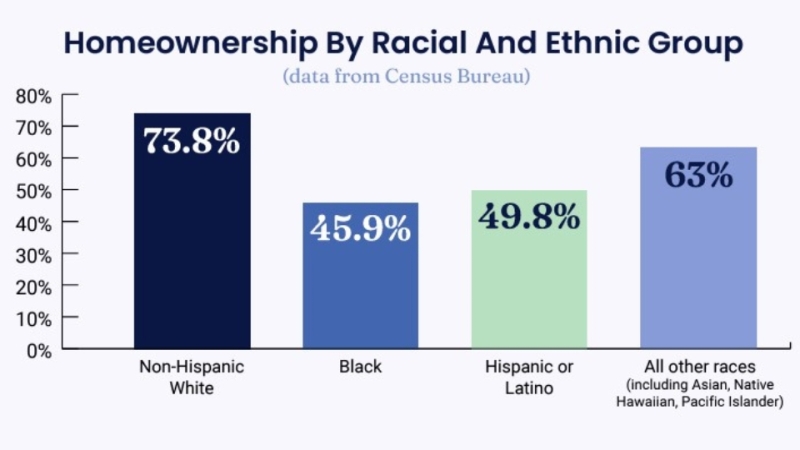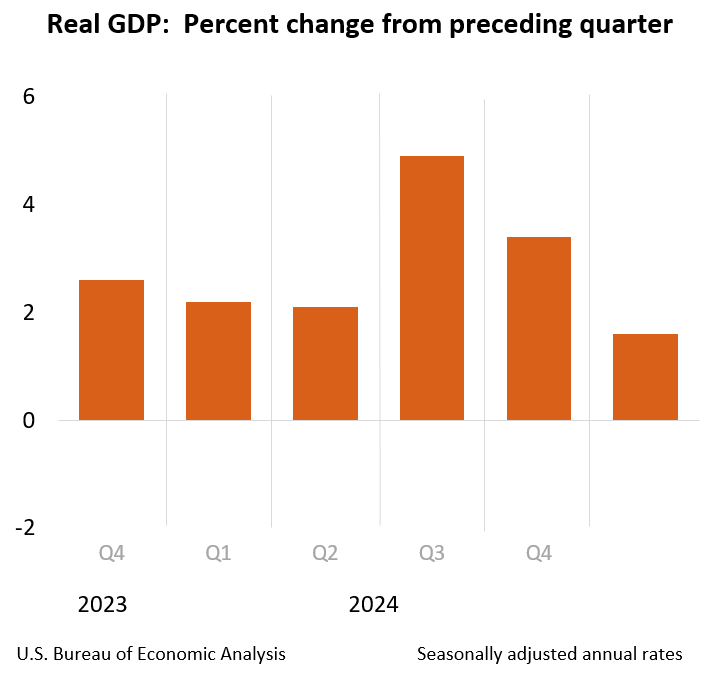Advertisement
75,000 closed home loans for HUD's FHASecure
Despite housing downturn, most American families remain priced outMortgagePress.comhomeownership, rental affordability, registered nurses, retail salespersons, food preparation workers
New study details changes in homeownership and rental
affordability
Homeownership has become slightly more affordable during the
current housing downturn, but still remains far out of reach for
the majority of workers nationwide, according to "Paycheck to
Paycheck: Wages and the Cost of Housing in America." This new study
compares housing costs in more than 200 U.S. metropolitan areas
with the wages earned by workers in 60 occupations and was recently
released by the Center for
Housing Policy (CHP), the research affiliate of the National Housing Conference (NHC).
Specifically, when looking at the five highest-growth
occupations—registered nurses, retail salespersons, customer
service representatives, food preparation workers and office clerks
(in order of growth)—based on median annual income,
homeownership is unaffordable for all five occupations in the
majority of the 201 metro areas studied. Even registered nurses,
who have relatively higher salaries, are unable to purchase a
median-priced home in 108 of the markets, which represents only a
marginal improvement when compared to 114 metro markets that were
unaffordable to these workers in 2006. The second-highest paying
occupation of these five, customer service representatives, cannot
afford to buy a home in 185 of the markets. Retail salespersons and
food preparation workers were priced out of all 201 markets,
representing, surprisingly, no change in homeownership
affordability for these workers in today's economy.
In coordination with the release of this study, the CHP is also
launching www.housingpolicy.org, a new online guide focused on
solutions for solving the nation's affordable housing challenges at
the state and local level.
"We hear a lot about the 'information economy,' but the fact is
most working families are still employed in traditional service
occupations," said Jeffrey Lubell, executive director of the CHP.
"In many metro areas, these families continue to face home prices
and rents that are beyond their means, and as a result, employers
have a difficult time attracting a quality workforce."
Affordability problems persist
According to the study, the amount of income needed to purchase the
median-priced home dipped in 161 of the 201 markets studied. Some
of the biggest drops occurred in the largest, most expensive
markets in California, Washington, Washington, D.C., Arizona and
Florida. Yet in almost all cases, affordability problems persist.
Only a handful of markets previously not affordable to registered
nurses, customer service representatives and office clerks were
affordable to those workers in 2007. In the majority of markets,
homeownership remains unaffordable for these occupations. For
retail salespersons and food preparation workers, homeownership is
out of reach in all markets studied.
While rental housing is affordable to a greater range of workers,
workers in low-wage occupations continue to struggle to afford the
rents in many metro areas. Retail salespersons and food preparation
workers cannot afford the rent on a two-bedroom apartment in any of
the 210 markets in the rental portion of the study. Office clerks
cannot afford to rent without paying an excessive portion of their
income for housing in 94 of the 210 markets. The other high-growth
occupations fare much better. Customer service representatives are
priced out of the rental market in only 41 metro markets, while
registered nurses are able to afford the rents in all 210
markets.
For more information, visit www.housingpolicy.org or www.nhc.org.
About the author





